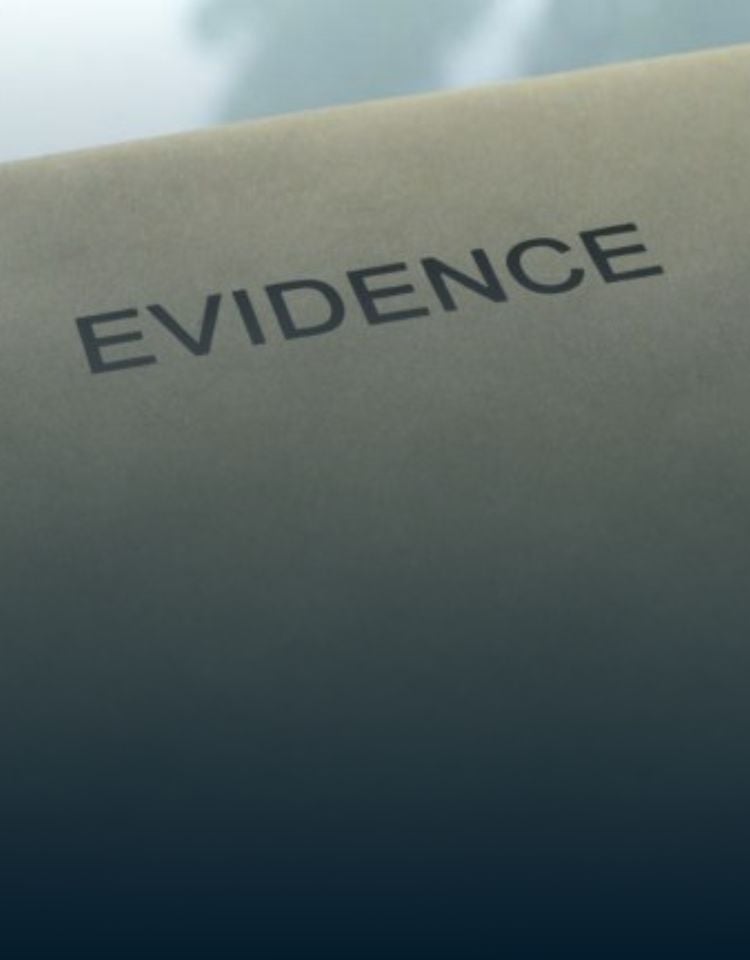Written By: Dale Orlando and Lori Khaouli, Student-at-Law
When you launch a personal injury action, the onus is on you to prove that another person or persons acted negligently and that your involvement in the accident has caused you to suffer damages. If you have been involved in an accident and intend to pursue a personal injury claim, it is crucial that you begin gathering the evidence that will be needed to support the claim as soon as possible. While each claim is unique, typical evidence gathering for a personal injury case will include the following:
PHOTOGRAPHS
Photos of anything related to the accident can be valuable in establishing liability for the incident and the severity of the impact involved in a collision. Use your cellphone or camera to take photos of the vehicles or equipment at the accident scene, any property damage, including damage to your personal property, photos of the location or road where the accident occurred, and photos of the injuries you sustained. When taking photos for your case, keep these tips in mind:
- Take photos from different angles.
- Consider also taking videos of the scene.
- Ensure the date and time of the incident are represented on the digital photo file.
- If possible, take photos as soon as possible after the incident has occurred.
- Consider taking photos of your injuries over a period of time to show the injury progression.
WITNESS STATEMENTS
The observations of independent witnesses to a collision can be crucial in establishing liability in situations where there are conflicting versions of events between the involved parties. Witnesses can give an unbiased description of how the accident occurred and the condition of the parties in the immediate aftermath of a collision. If possible, identify as many witnesses as possible, obtain their contact information, and ask them to write down or record their observations of the accident as soon as possible after it occurred. Since memories fade with time, documenting the witness statements in writing after an incident will establish a record of their observations close in time to the incident.
PHYSICAL EVIDENCE
Physical evidence can tell part of the story of the accident, such as who was at fault. Physical evidence can include many different items depending on your case – it is usually something tangible, something that you can see or touch. Some examples of physical evidence might be a dent in a car, a damaged bicycle, skid or gouge marks on the pavement, or torn clothing worn at the time of the accident. Keep in mind that physical evidence should be documented and preserved as soon as possible after an accident and before it is lost, modified, repaired, and even destroyed.
MEDICAL RECORDS
If you have been injured, you have likely been treated for those injuries to some extent. All medical records produced following an accident will become evidence in your case and will be used to establish the nature of the injuries suffered and the long-term functional implications of these injuries. Documents that are typically produced in a lawsuit include:
- Ambulance call report
- Emergency room records
- Family doctor’s clinical notes and records
- Rehabilitation reports
- Diagnostic reports
- Lab results
- Treatment plans
- Prescriptions
- Specialists reports
- In some cases, bills, and receipts
Anytime you are speaking with a health professional you should accurately describe all injuries and ongoing symptoms on each occasion to ensure that the records produced provide a fair and complete describe your ongoing limitations.
LOST WAGES
If you have been involved in an accident, it is possible that your injuries and ongoing symptoms will prevent you from returning to your occupation for a period of time. If you suffer a loss of income as a result of your involvement in an accident, you may be able to recover the lost income in a lawsuit or through a disability or accident benefit claim. The law firm that you hire will ultimately obtain your employment file and tax returns from Canada Revenue, but it is helpful to be able to provide an overview of your employment history, a detailed job description for your current role, pay stubs as well as contact information for co-workers, supervisors and human resource professionals within your employer’s organization.
ACCIDENT REPORT
Ontario law requires that the police be notified as soon as possible if anyone is injured in a car accident. If the police or ambulance were called to the scene of the accident, an accident report will likely have been created. The motor vehicle accident report will provide information about where and when the accident took place, may include diagrams drawn by the police, statements from people present at the scene of the accident, and information regarding any charges laid.
DIARY OF EVENTS
Your description of the events leading up to the accident, how the accident occurred, and your resulting injuries can help your personal injury lawyer understand how the injury occurred. As soon as you can after the accident, write down every detail that you can remember including a description of your injuries. Keeping a diary of the accident and the details after can help you recall details when you need to revisit them at a later date. Alternatively, you can make a voice note or a video.
How We Can Help You
Being involved in an accident and pursuing a personal injury claim can be overwhelming. Having an experienced team of lawyers can help guide you through the process of gathering the evidence needed to support your case. If you or someone you know has suffered a serious injury, contact the lawyers at McLeish Orlando for a free consultation.






